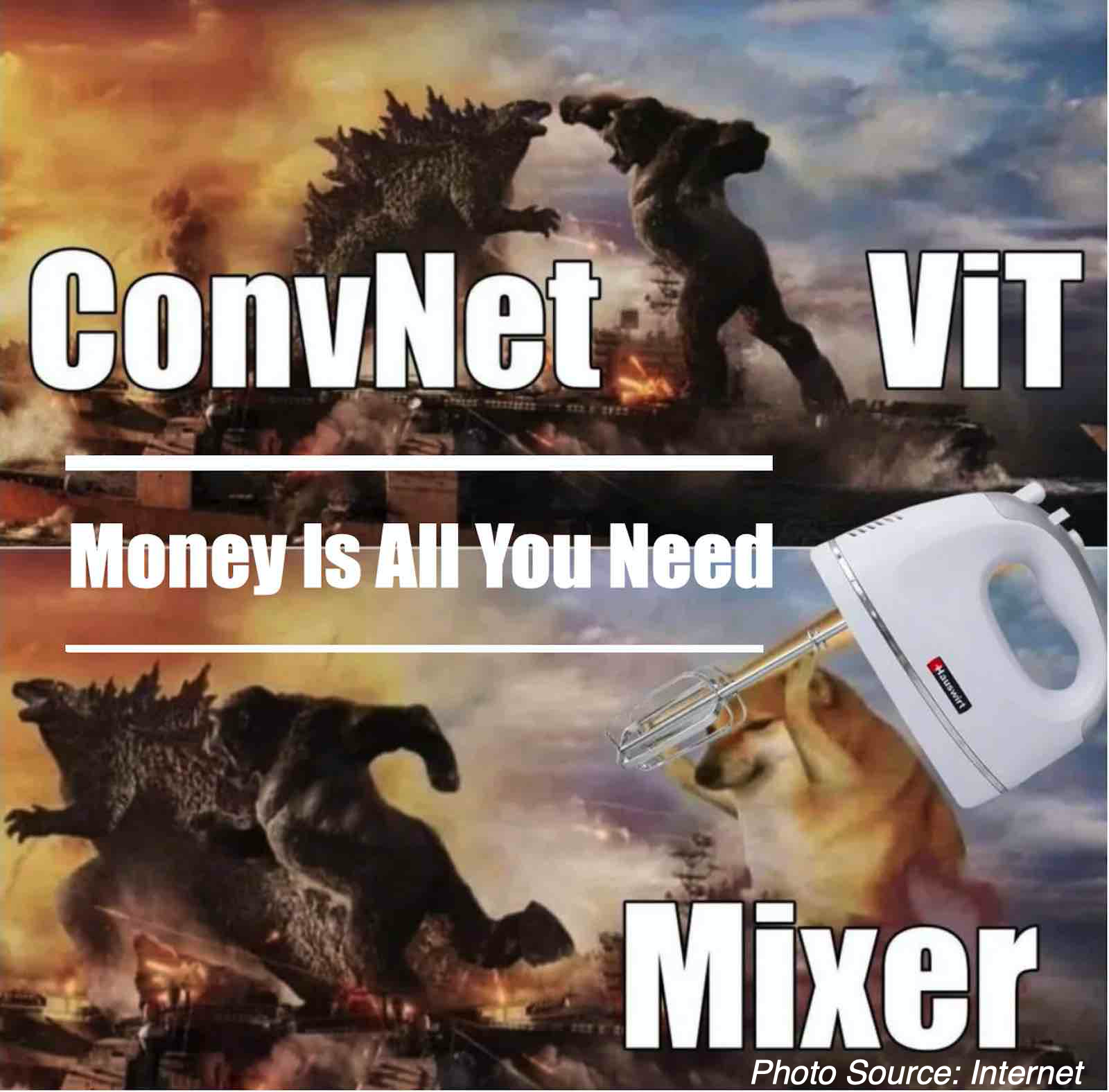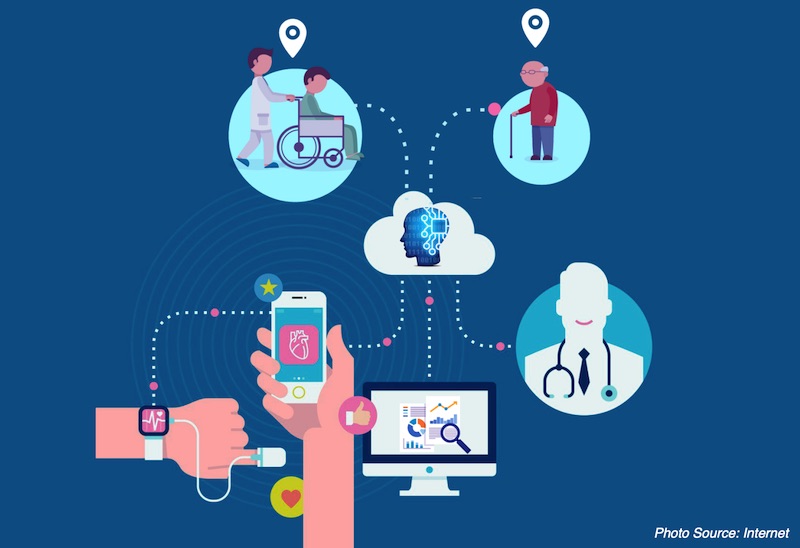AIoT solutions can effectively help to improve companies ESG metrics and to obtain sustainable development
Environmental, Social, and Corporate Governance (ESG) is a collection of efforts undertaken by business world to consider sustainable and social impacts along with financial gains. The COVID-19 pandemic has highlighted the central role that businesses should play in creating more prosperous, safer world and a more sustainable relationship with our planet. AIoT (AI and IoT) technologies can help companies to act now to transform to a lower-carbon business model by operating cleaner tech more efficiently, so to deliver environmentally friendly and socially responsible prosperity.
Internt of Things (IoT) has been considered as a big opportunity to digitize many operations and bring tremendous benefits to our everyday lives. According to the World Economic Forum report IoT Guidelines For Sustainability, “The Internet of things (IoT) is undoubtedly one of the largest enablers for responsible digital transformation. It is estimated that industrial IoT alone can add $14 trillion of economic value to the global economy by 2030. The report also mentioned that IoT projects can help attain the 2030 Agenda for Sustainable Development, which includes the 17 Sustainable Development Goals (SDGs) set by the United Nations. Combined with Artificial Intelligence (AI), AIoT has the ability to help to achieve these goals that encompass clean water, water use, fighting climate change, energy efficiency and industry renovation, among others.
Read More...










